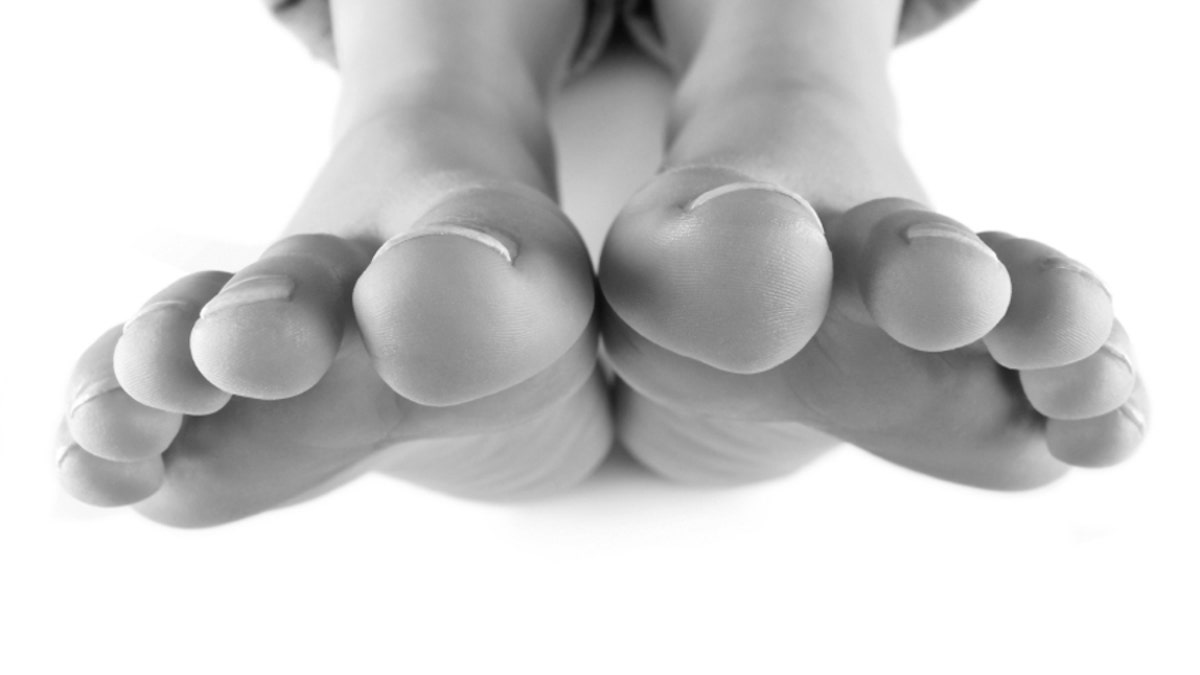
(iStock)
A recommended 5,000 to 8,000 steps a day can seem like a daunting quota to fulfill, especially if these steps are painful ones. But saying good-bye to foot pain might be easier than you think.
Contrary to popular belief, the answer doesn’t lie in expensive shoes or insoles. By exercising barefoot, you can actually promote your sense of balance, improve muscle alignment, reduce orthopedic pains, and lessen the chance of injury. Dr. Emily Splichal, podiatrist and national fitness expert gives us a few things to keep in mind when it comes to exercising shoeless.
Splichal stresses the importance of a transition stage between exercising in sneakers and working out barefoot. Feet need to be strengthened gradually, like any other muscle in the human body and there are a few easy ways to integrate barefoot exercising into your daily routine.
First, start small by strengthening. Just as our abs need crunching to build muscle, so do our toes. Splichal suggested standing barefoot on a towel and crunching the fabric back and forth by contracting the muscles in your toes. Picking up marbles with your toes is another way to gradually improve foot strength.
Second, flexibility needs to be increased within your foot. This can be as simple as a deep tissue massage on the bottom of your foot or standing on your toes prior to exercising, Splichal said.
When it comes to footwear, there are hundreds of shoes marketed for ankle support, shock absorption and flexibility.
“We actually have an innate natural shock absorption system in our foot that has become lazy. Our foot is designed to absorb shock. Fancy shoes with all fancy technology throw off your stability, so you work twice as hard to counter that instability,” Splichal said.
On the other hand, Splichal said shoes like the “sock-like” Vibram Five Finger Shoes and similar-style brands are great transition shoes to barefoot running. Many of her patients with chronic knee, back or foot pain have found relief with these types of shoes. Sporting these shoes requires you to use your natural foot support and strengthen your feet.
“I always push barefoot balance training because our foot is our foundation,” Splichal said. “I think everyone should be integrating barefoot exercises into their routines. Whether it’s someone with lower back pain, flat feet, women wearing high heels or athletes.”
Click here for more information on Dr. Emily Splichal and barefoot training.




















